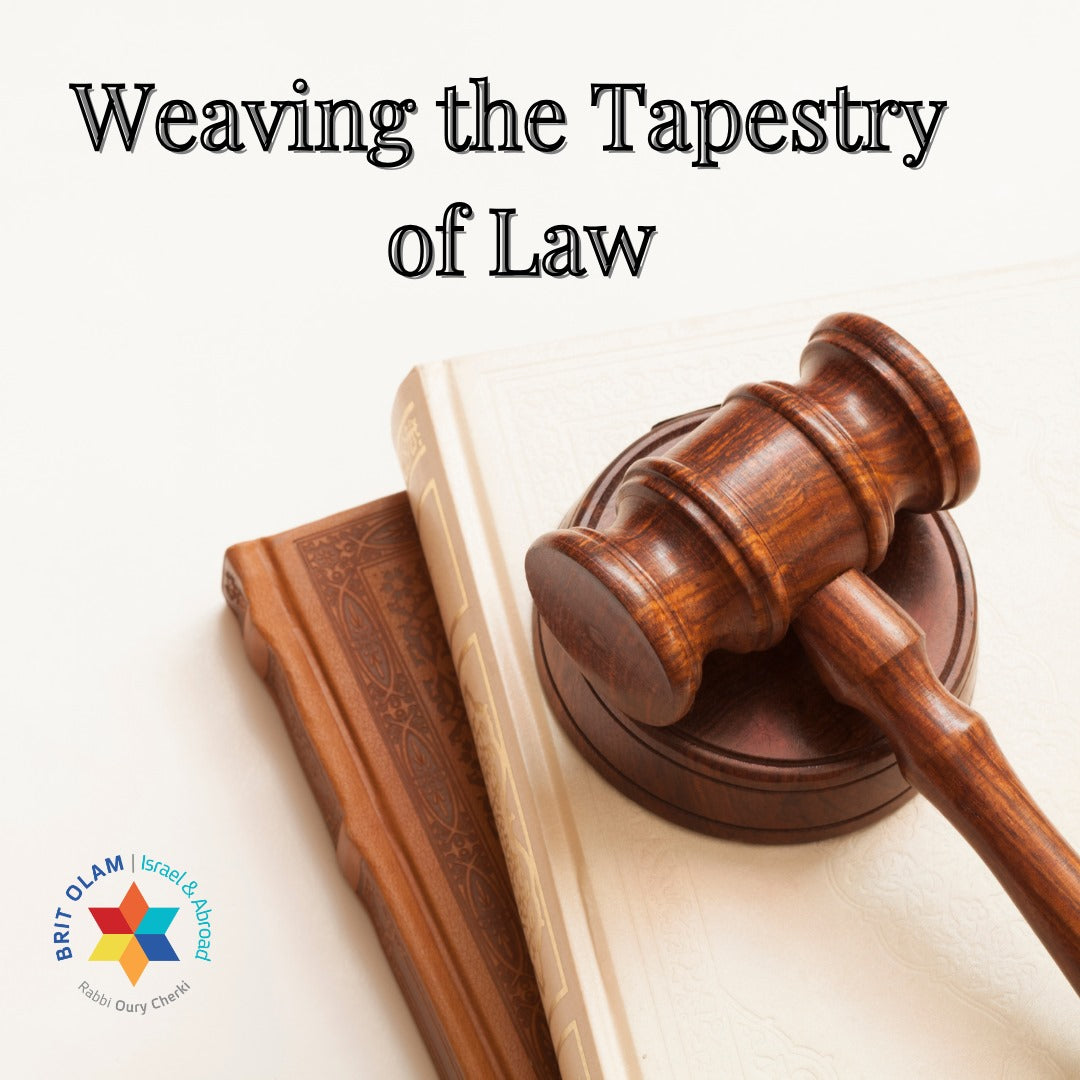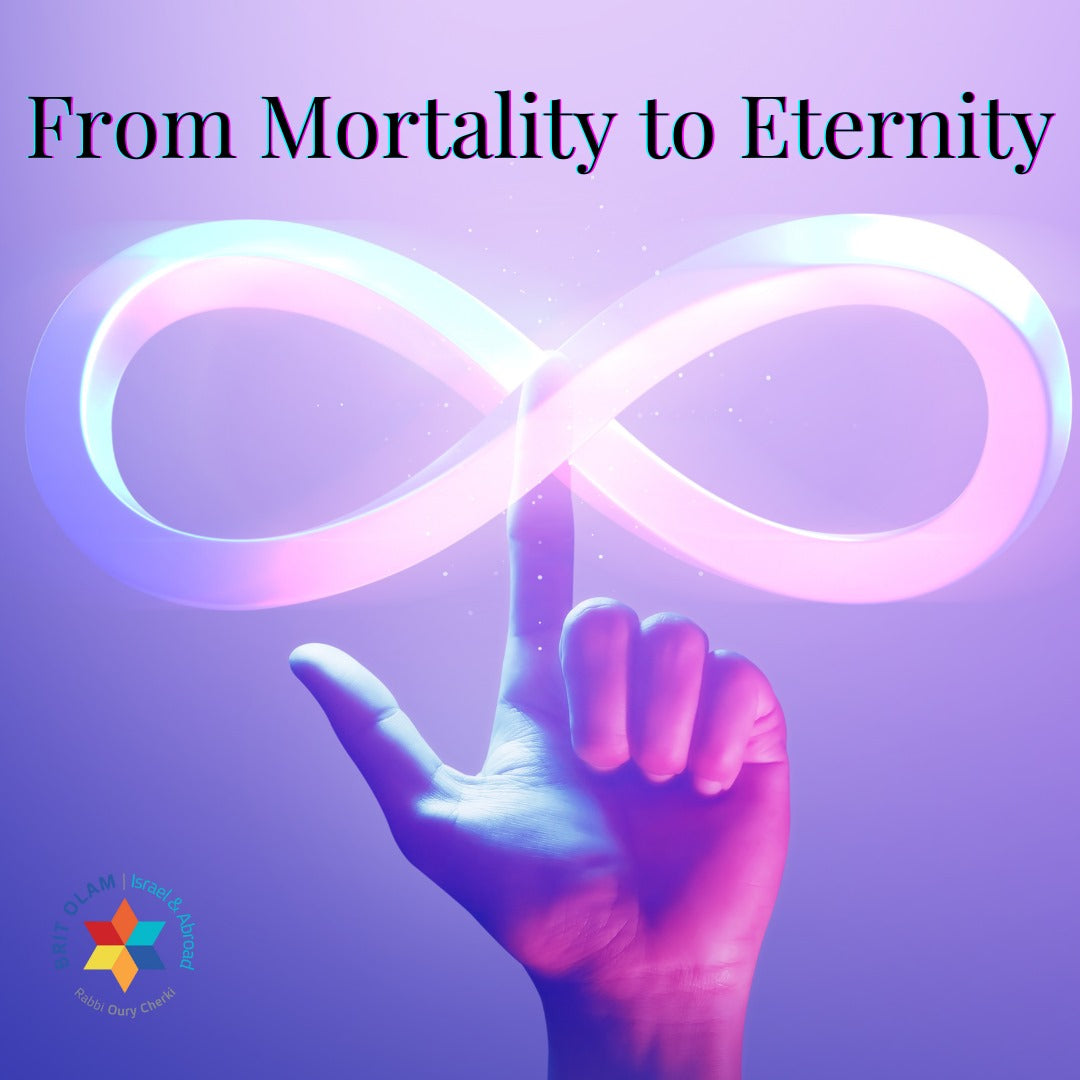The first mitzvah in Parshat 'Ki-Tavo' [Deuteremomony 26] is the mitzvah of the firstborn. This mitzvah is a direct continuation of the complex relationship between Cain and Abel.
The Torah had already told us in Genesis [Chapter 4] about the precedence of Cain as the firstborn and Abel as the second. This distinction influenced their interactions with others; they held opposing attitudes. Cain understood that being the firstborn gave him certain privileges, which he claimed for himself while leaving the rest for others. Consequently, he brought an offering from the remaining grain. On the other hand, Abel, aware of his position as the second-born, recognized that his role involved sharing with others.
From this perspective, it becomes evident why the day God gave the Torah [Shavuot celebration] is the same day of the firstborn ['Bicurim'], which relates to the Torah being granted to those who can offer firstborns. It is bestowed upon those who recognize their secondary status and responsibility to share with others. Just as the Holy One, blessed be He, symbolically took the initial produce—the Torah—and presented it to Humanity through the Hebrew Nation.
When the Torah instructs us to bring the firstborn to the priest's temple, it holds a more profound significance. The act conveys a historical narrative—the story of the Exodus from Egypt—that resonates with the Israelites.
However, there's another intriguing requirement: when the individual presents the firstborn, they must say to the priest, "I declare today to the Lord your God that I have come to the land." This declaration seems puzzling. A person could have lived in the Land of Israel for generations, yet they were instructed to announce their arrival as if it just happened. This seemingly odd instruction holds a psychological lesson: one should consistently feel like they are arriving in their land and world anew. This reflects the need for ongoing rejuvenation and a constant awareness of one's origins, guiding their path forward.



